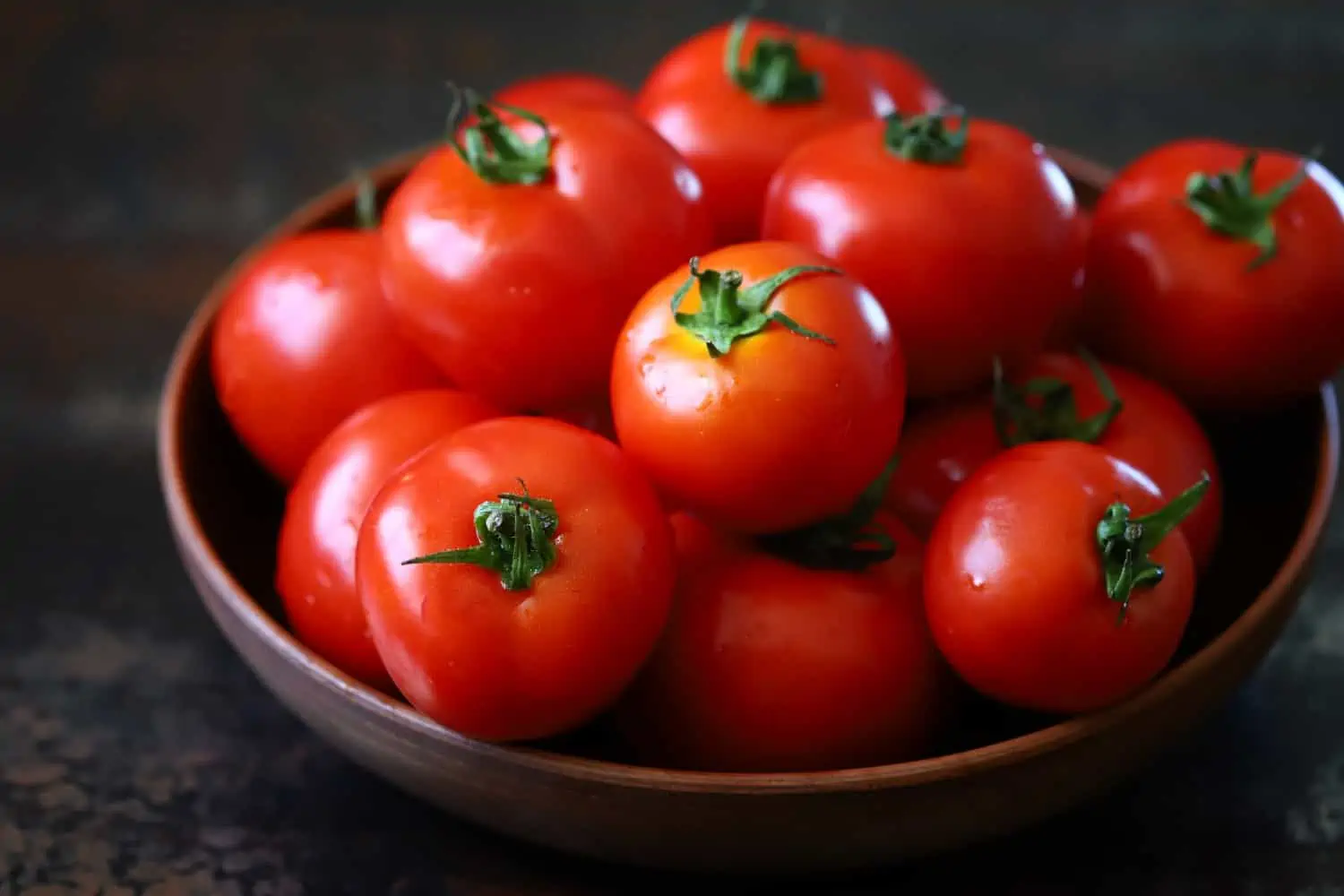Both heavy rain damage and pests have greatly affected the supply of tomatoes in South Africa over the past few months, causing drastic price increases across the country. Just last week, tomato prices increased by 11% after many major fresh produce markets received up to 21% fewer tomatoes compared to the week before.
Tomato Leaf Miners
Pest control has become a problem for tomato farmers in Southern Africa over recent weeks. Clive Garret, marketing head for ZZ2, South Africa’s largest tomato producer, said the pests behind the current damage are tomato leaf miners. A pest native to South America.
They are green larvae which grow and develop inside leaves, stems or fruit over a period of approximately 8-14 days. Following which the larvae pupate inside strong silken cocoons mainly at soil level, and on folded leaves. Pupal duration is usually 7-10 days. Finally, they emerge as moths, roughly 6mm in length with a mottled grey colour and dark markings. Over its one to two week lifespan, each female moth can lay up to 260 eggs.
Tomato leaf miners usually reduce the quality and yield of crops. Primarily through damaging leaves, killing entire leaves and stems and, if young, sometimes the entire plant.
Although Garret has also noted, “Growers have implemented spraying programmes to reduce the effect of pests”. And that “The insect pressure has had a negative effect on volumes which has led to increased prices. However, it appears we are over the worst and that volumes could start increasing from this week which will relieve the pressure on prices”.
Heavy Rains
Tomatoes are a crop that can suffer several problems related to heavy rainfall. Shortening the harvest period as well as affecting yield. And after the heavy rains experienced this summer, in December alone, the tomato industry lost nearly R100 million just to heavy rain damage. So these pest attacks are added to the damage in tomato supply caused by previous heavy rainfall.
Clive Garret added that it is difficult to tell whether the drop in production is specifically due to excessive rain or pest damage. But both have played a roll in the need to increase the price of tomatoes.
